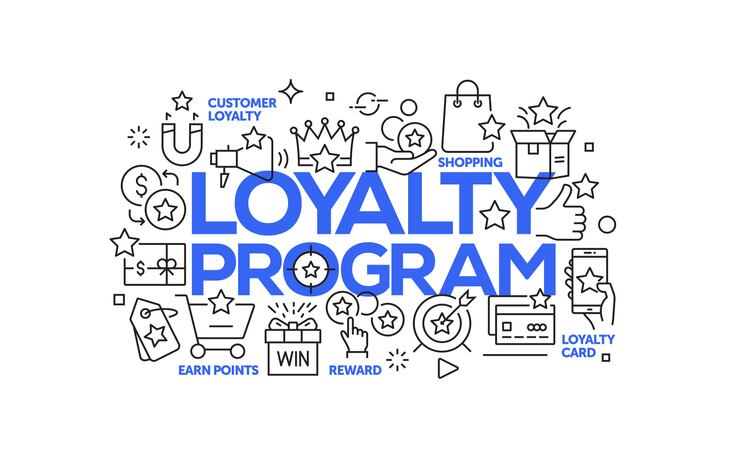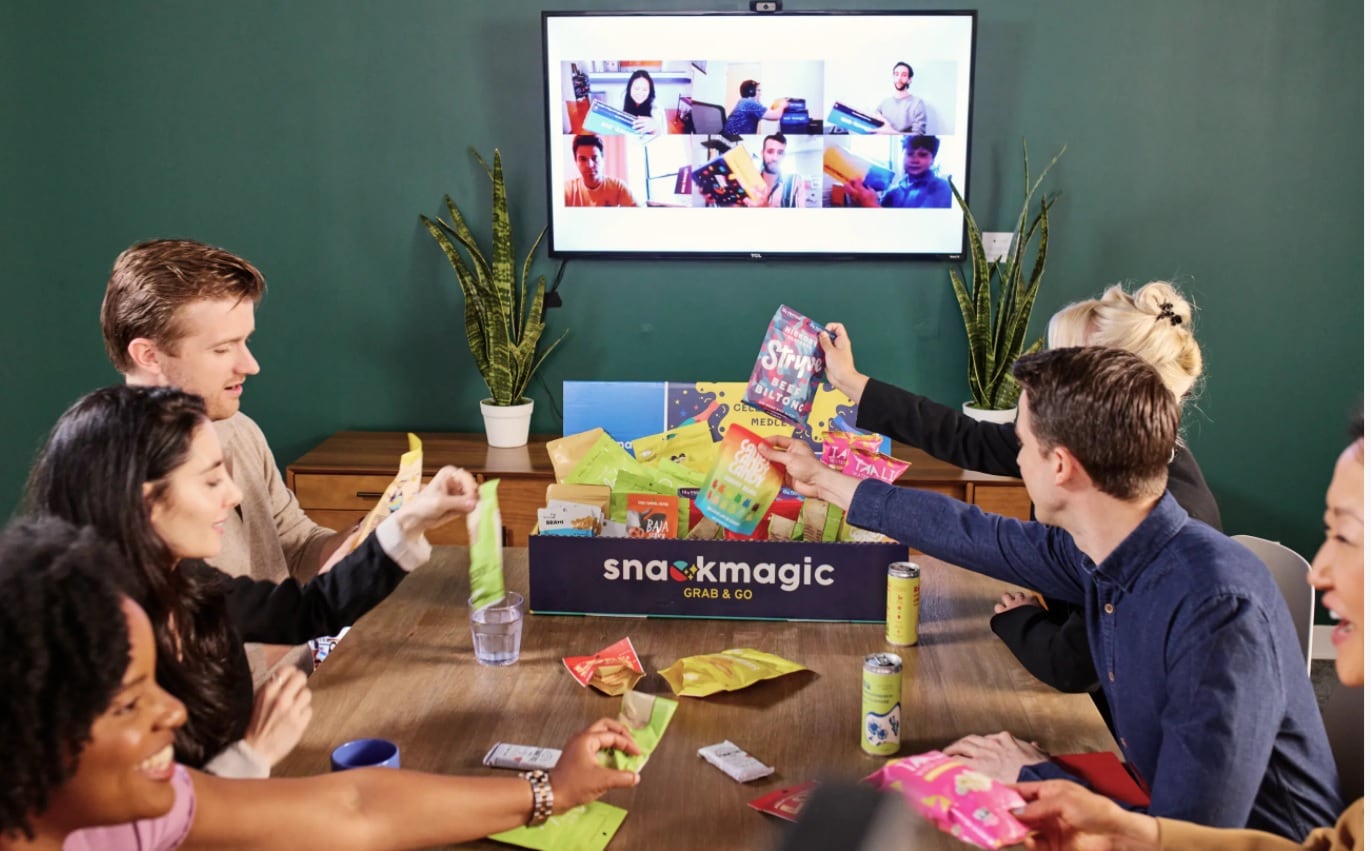At the same time, the uneven economic fallout from the pandemic is polarizing consumers’ ability to absorb price increases, and rising fear of the Delta variant is pushing up demand and squeezing supply as shoppers look to strategically restock their pantries.
Combined, these conflicting factors are hamstringing food and beverage manufacturers’ and retailers’ ability to effectively balance supply and demand while also maintaining their margins.
To better understand how rising prices and fear of the coronavirus are impacting shopper behavior and industry stakeholders’ options, I am joined by JPG Resources’ director of innovation marketing Arwen Kimmell in this episode of FoodNavigator-USA’s Investing in the Future of Food.
Inflation’s uneven impact across consumers and categories
Kimmell explains that so far many brands and retailers have strategically passed prices through in categories and to consumers most able to absorb them, but she warns eventually prices will increase across the board and not all shoppers can afford the change – meaning new strategies will be necessary to keep consumers.
“We are seeing prices passed through, but it’s inconsistent and a little uneven,” with most of the increases happening in fresh and around the perimeter of the store and not in the shelf-stable or center-store categories, she said.
However, she added, “I think we are going to see more prices pass through as retailers and manufacturers are not going to have a choice” if they want to stay in business.
But raising prices effectively without alienating shoppers will require brands and retailers to know their consumers and how the pandemic is impacting them.
“There is no one shared experience of where we are right now. … There are people who are better off today than they were two years ago, and there are people who are struggling more today than they were two years ago,” Arwen said, adding: “There has never been a more important time to really be in touch with who your consumer is and which reality they’re experiencing and what’s important to them today.”
Knowing this will help guide a pricing strategy that takes into account both consumers’ and the company’s needs.
Today’s inflationary environment is likely here to stay for at least a year
Kimmell also advises stakeholders to brace for a long-haul, because many of the factors and trends at play today likely will take at least a year – if not longer – to resolve.
“The length is going to largely be driven by the supply issues and the labor issues, because you can’t resolve the inflation issue until you stabilize the other two,” she said.
She explained that supply issues are more complicated today than at the start of the pandemic because now it isn’t just a matter of high demand, but also availability of ingredients, packaging, transportation and labor.
Plan ahead and buy in bulk where possible
With this grim prediction, Kimmell encourages stakeholders to plan as far ahead as possible.
She explained that while there is a lot of volatility, some aspects are more predictable, such as if a key ingredient comes from a region hit hard by extreme weather or if a supply chain is long and has multiple places along which it could break down.
“On the supply side, think about your formula and your particular supply chain, the ingredients that you are looking for … and then planning as far ahead as you can” by getting orders in early with the understanding they may take longer to fill, she said.
Be flexible and think creatively
This strategy is not available to all players – emerging brands without the benefit of bulk purchasing or steady distribution, in particular, will face challenges planning ahead and story substantial inventory. In these cases, Kimmell advises, increased flexibility.
“Where they don’t have the sort of superpower scale and large, large bank accounts, what [smaller companies] often can beat the larger companies on is flexibility,” which might include swapping out a scarce ingredient for a more abundant option, pivoting to different packaging or making other fast changes in reaction to the environment, Kimmell said.
She added: “Leaning into their strengths as a smaller company is going to be important because they’re not going to be able to outspend the big guy.”



